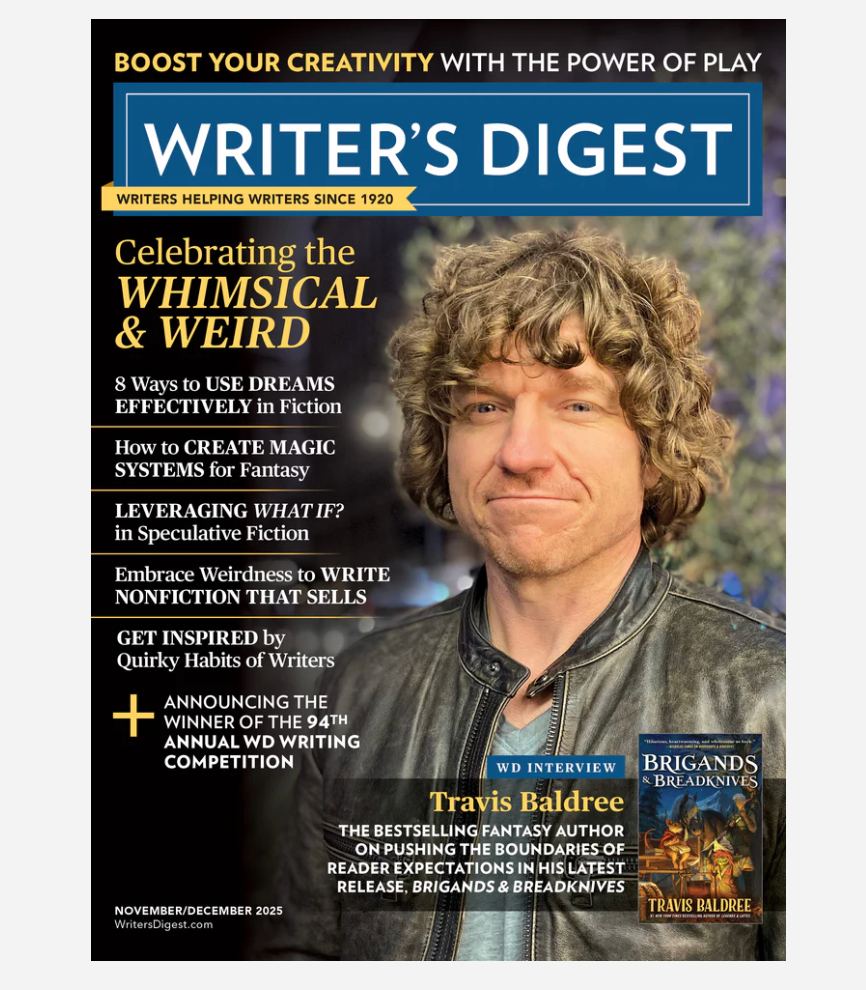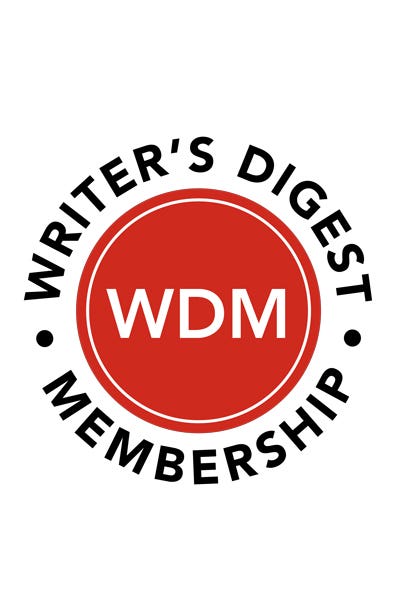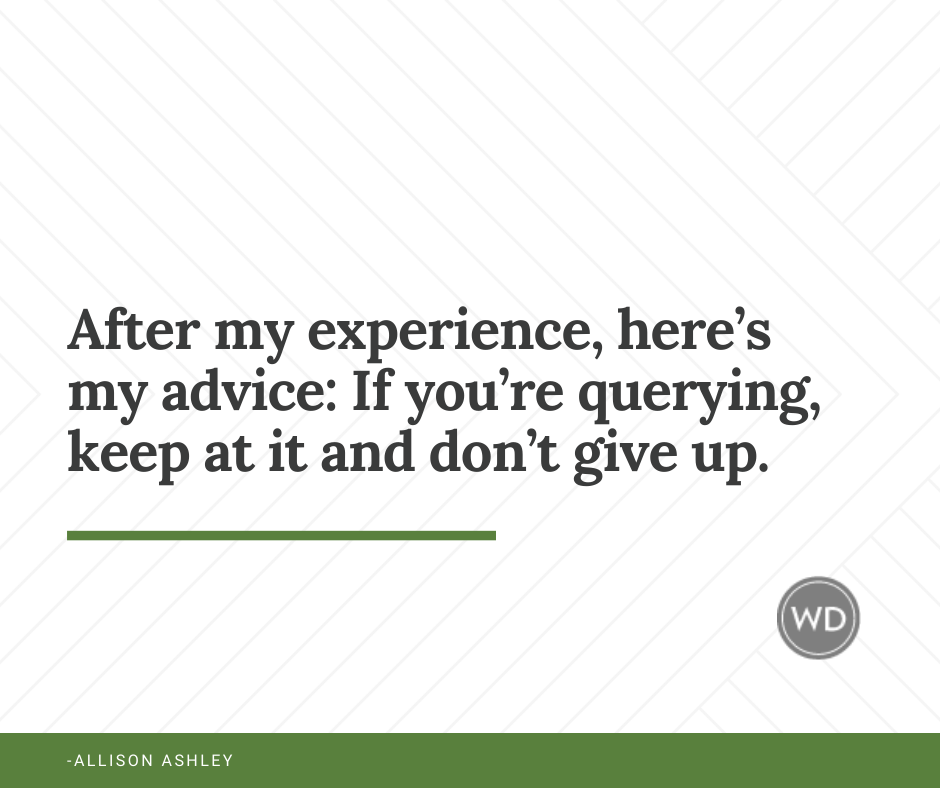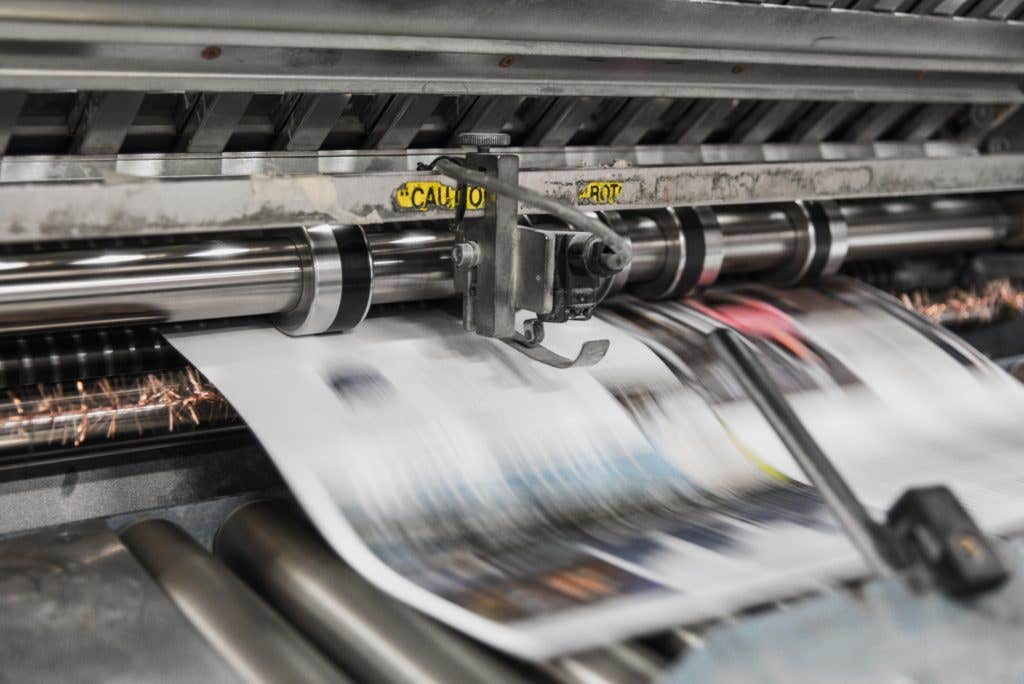How to Create a Cover Package
Learn the anatomy of a winning self-published book package.
Good books are good books. But if the cover of your good book doesn’t measure up to what’s inside, potential readers will pass it by. Amelia Saltsman’s The Santa Monica Farmers’ Market Cookbook took the grand prize in the Writer’s Digest International Self-Published Book Awards not only because of its great cache of recipes and information, but because of its professional look and feel. When you’re publishing on your own, you’ll need to prepare for your book to be judged by its cover if you want to compete. But you don’t have to go it alone. “There are an awful lot of independent contractors out there—designers, indexers and copy editors—who are at the top of their games,” Saltsman says. “It’s not as expensive as you might think.”
TITLE: Choose a title that: 1) Conveys your message, whether in an obvious or clever way; 2) Isn’t already taken by a popular or competing book (checking this can be as simple as searching on Amazon.com); 3) Is easy for potential readers to remember; and 4) Fits with the cover design you have in mind. For nonfiction, straightforward titles are often best, especially when the topic is specific, like this one.
SUBTITLE: A good subtitle elaborates on the subject matter. (If your title doesn’t require further explanation, then it may not need a sub.) Here the subtitle tells us this isn’t an ordinary cookbook: It contains more than just recipes. If there are any keywords your readers may search for online that are not in your title, include them here.
COVER DESIGN: Seriously consider upgrading your self-publishing package to include a professional design service or, alternatively, hiring a freelance designer independently (starting at around $1,000). Is it worth the investment if it means the difference between your book selling and, well, not? Only you can answer that.
Writer’s Digest Books Managing Designer Grace Ring offers the following tips: Your title should be legible at a glance. It should not be small, faint or placed on a busy background. Limit the cover to no more than three fonts that convey the mood of your book—a serif font (e.g., Garamond or Times) portrays a more classic feel than a modern sans-serif font (e.g., Helvetica). Avoid decorative fonts (e.g. Comic Sans or Curlz); they look unprofessional.
One strong image will have more impact than multiple images. Choose one that instantly conveys your book’s concept. Establish a hierarchy of information, making sure the imagery doesn’t overpower the title. Then, match the spine and back cover designs with the front by using the same fonts and colors. All the copy should be easy to read.
Ring says she finds the cover of The Santa Monica Farmers’ Market Cookbook to be simple but effective. “The vibrant color of the fruit instantly draws the eye in, and the close crop of the photo provides a clean, neutral background over which the title can be easily read. An inviting, personal tone is established by the chipped bowl and the hands extending it out to the viewer.”
PANEL COPY: Your back panel or flap copy should describe the premise and spirit of your book in a concise, engaging way. Writer’s Digest Books marketing guru Scott Francis says you should resist the urge to be overly mysterious, hoping you’ll pique the reader’s curiosity. Clearly state what your book is about in a straightforward manner. If your book is nonfiction, include a bulleted list of features, like Saltsman did, for bigger impact.
BLURBS: Endorsement blurbs from relevant sources can only help your book. If you have a blurb from a well-known personality, put it on the front cover—if you can do so without crowding the design. If your endorsers are not household names (lesser-known published authors or topical experts, for instance), then the back panel is better.
SPINE: On a shelf, the spine will be viewed sideways, so it should be easily read at that angle. If the title isn’t self-explanatory, include a portion of the subtitle, too.
BIO: List your most impressive or most recent relevant accomplishments, and keep it short. Any more than two or three sentences and you’re probably overdoing it.
This article appeared in the March/April issue of Writer's Digest. Click here to order your copy in print. If you prefer a digital download of the issue, click here.









